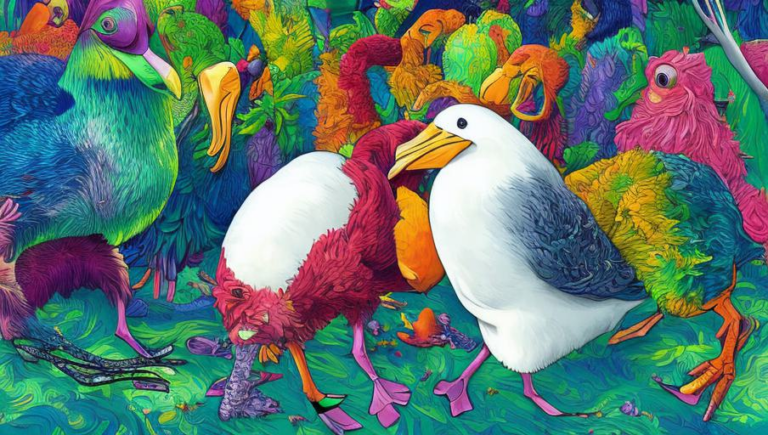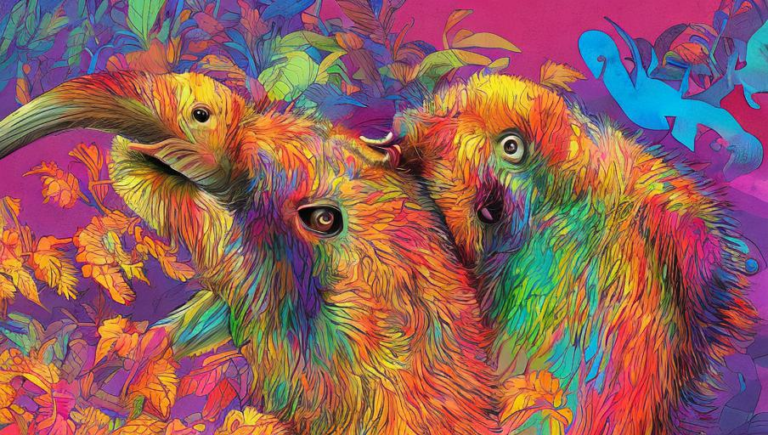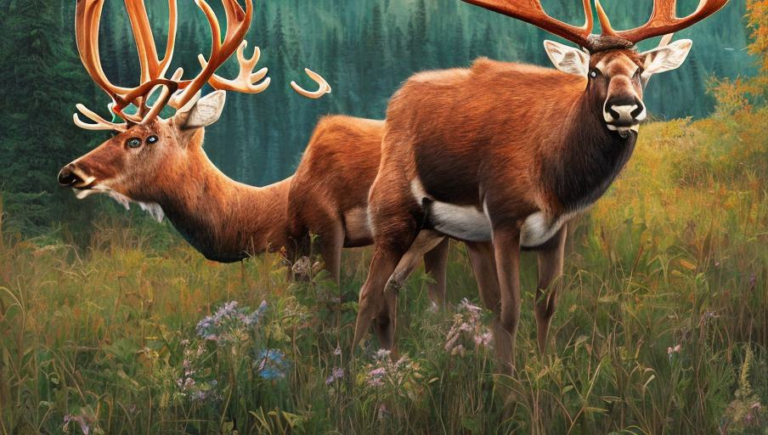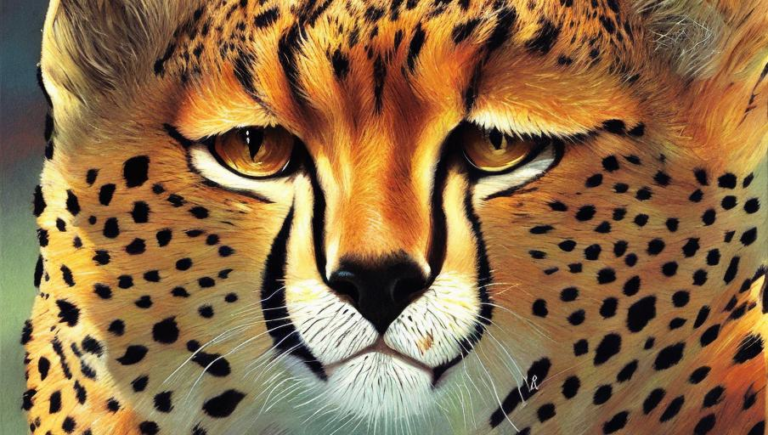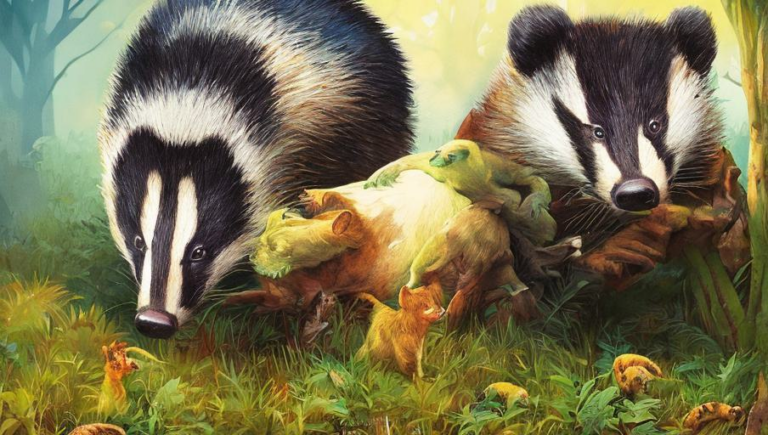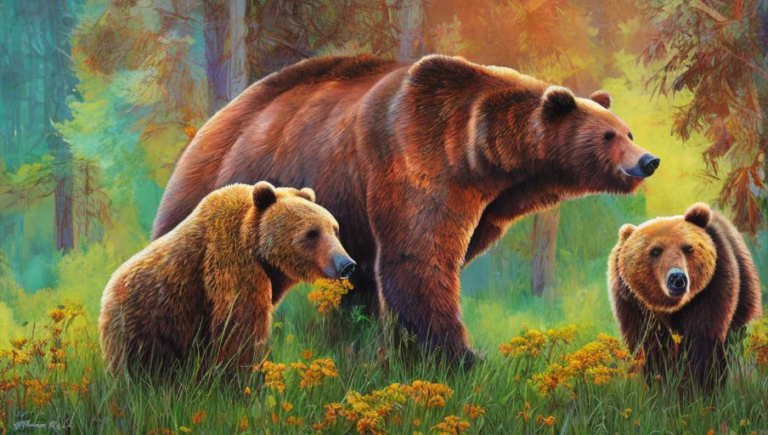Examining the Unique Adaptations of the Armadillo
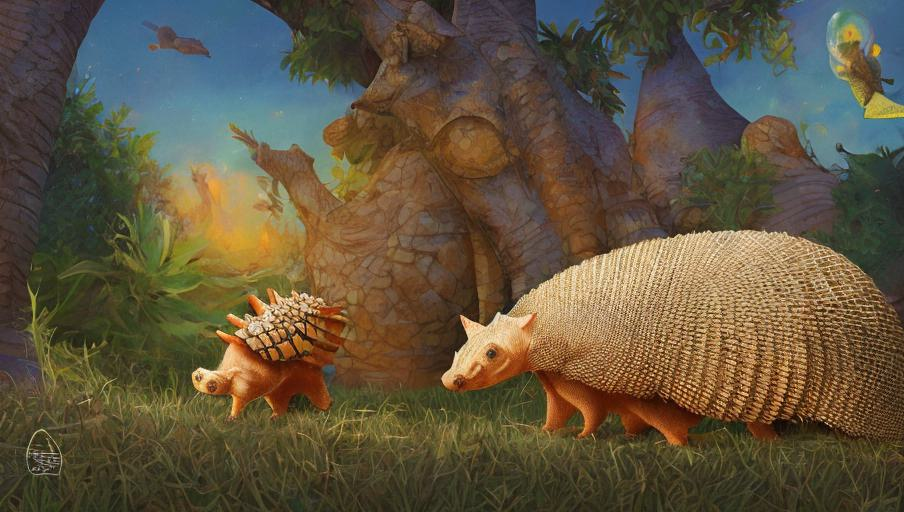
Introduction
The armadillo is a unique creature that is found mainly in Central and South America. They are part of the order Cingulata and are the only living species in the family Dasypodidae. Armadillos have a hard, protective shell on their backs and can be found in a variety of habitats. They have an interesting lifestyle and many interesting adaptations that make them well-suited to their environment.
Habitat and Diet
Armadillos typically live in warm climates, such as deserts and grasslands. They are also found in forests, marshes, and other types of habitats. They prefer to live in areas with loose soil since this makes it easier for them to dig for food. Armadillos are omnivorous, meaning they eat both plants and animals. Their diet consists mainly of insects, worms, small reptiles, eggs, and fruits.
Physical Adaptations
Armadillos have a number of physical adaptations that make them well-suited to their environment. One of the most recognizable features of armadillos is their shell. The shell is made of Keratin, a type of protein found in skin, nails, and hair. The shell is used for protection from predators, and it also provides insulation from the heat and cold. Armadillos also have long, powerful claws that are used for digging and burrowing in the ground. They also have a long, sticky tongue that they use to catch insects.
Behavioral Adaptations
Armadillos have a number of behavioral adaptations that help them survive in their environment. One of the most interesting adaptations is their ability to curl up into a ball. This is done as a defense mechanism, which makes them difficult for predators to attack. Armadillos are also nocturnal, meaning they are most active at night. This helps them avoid predators and search for food in the dark.
Conclusion
The armadillo is an interesting and unique creature that has a number of adaptations that help it survive in its environment. From its protective shell to its nocturnal lifestyle, the armadillo is well-suited to its environment. It is important to remember the importance of conservation and protecting these creatures and their habitats for future generations.
